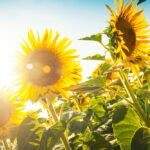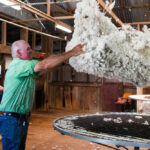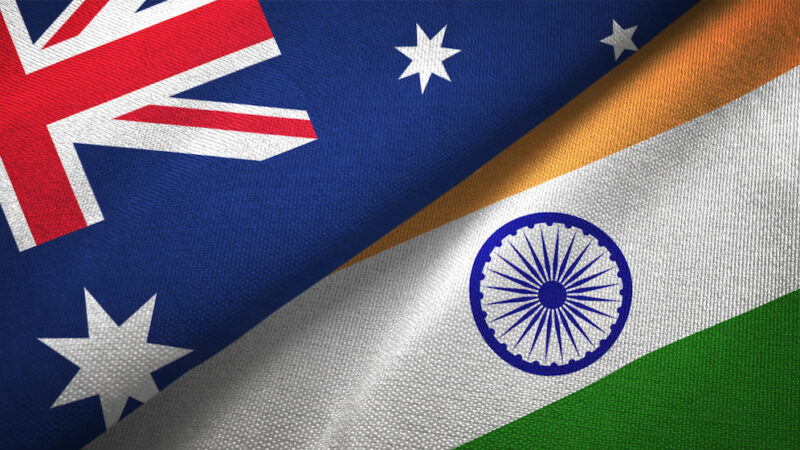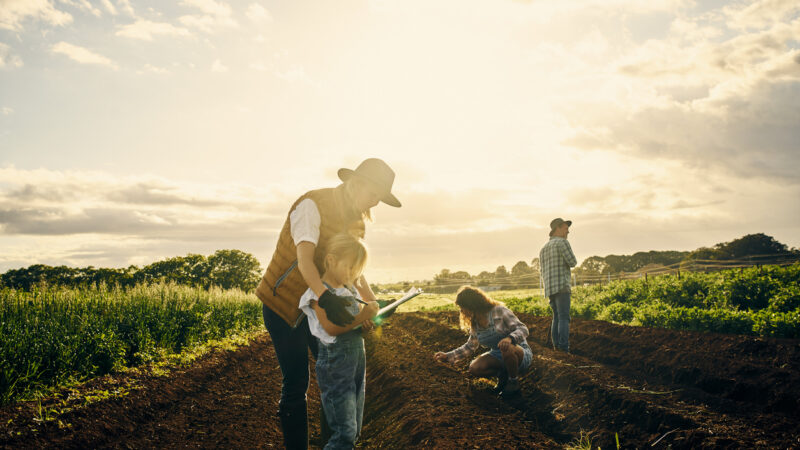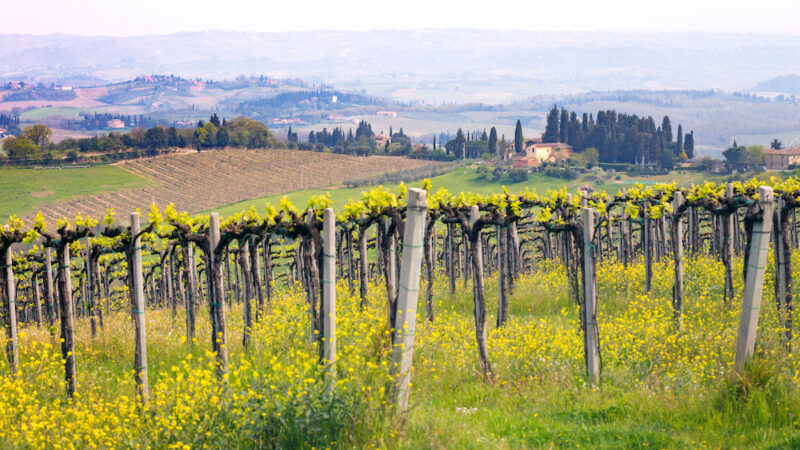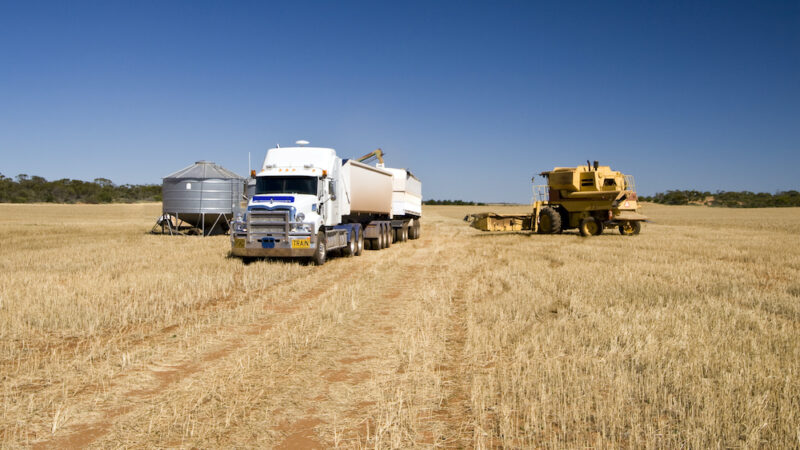Native to North America, the common sunflower (Helianthus annuus) was introduced to Australia in the…
The sunflower boom that never happened
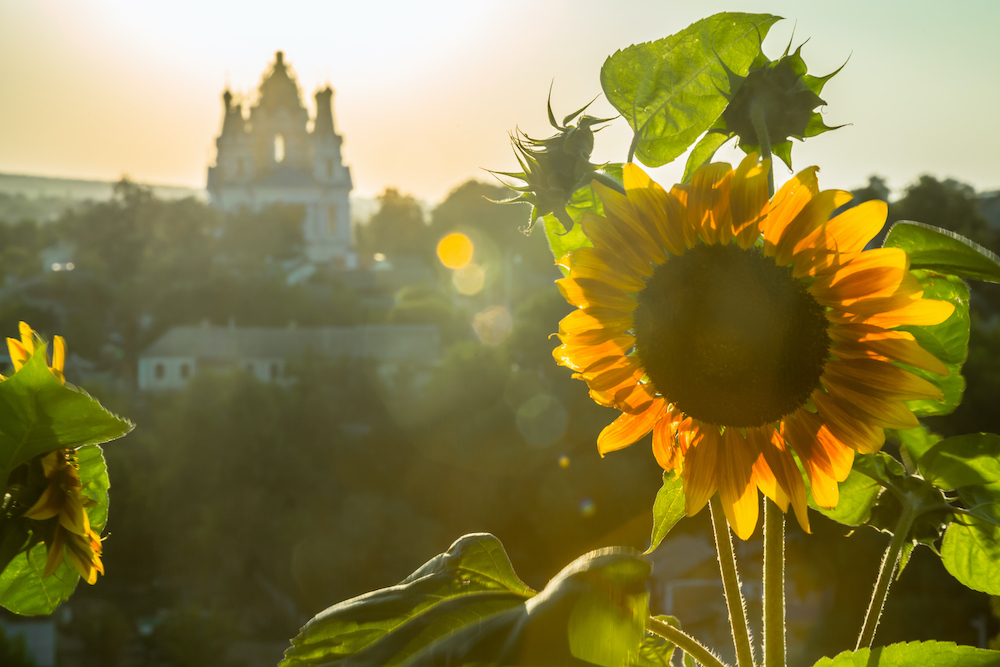
On February 24, 2022, the day Russia launched its invasion of Ukraine, an old woman in the Kherson region approached a Russian soldier to offer him a handful of sunflower seeds. �Put these in your pocket,� she told him, �so when you die on my land, flowers will grow from your corpse.�
This brave act spoke volumes about the defiance of the Ukrainian people and the hell they were about to unleash on the Russian invaders, who thought they would overtake the country in a matter of days.
It also highlighted the iconic status of sunflowers � soniashnyk in Ukrainian � that have been farmed commercially in Ukraine since the 18th Century and are the country�s unofficial symbol. When Ukraine gave up its nuclear weapons to the Russian Federation in 1996, the defence ministers of both countries and the US planted sunflowers at the country�s largest missile base. And the Ukrainian flag? It represents a blue sky over a yellow sunflower field.
More than a symbol
Sunflowers are crucial in fuelling Ukraine�s economy, while Ukrainian sunflowers, in turn, help fuel the world. Before the war, the country produced one-third of the global sunflower oil supply and two-thirds of sunflower meal, a key input for animal feed.
But the invasion threw a spanner into the trade and sent the price of sunflower products � already inflated by Covid-19 supply chain issues � to the moon.
A month before the Russian invasion last year, sunflower oil was trading for US$1,348 per tonne, according to Trading Economics. Four months later, it hit a historical high of US$2,400 per tonne � spurring speculation that farmers in Australia, the 44th largest exporter of sunflower seeds in the world, could capitalise on the event.
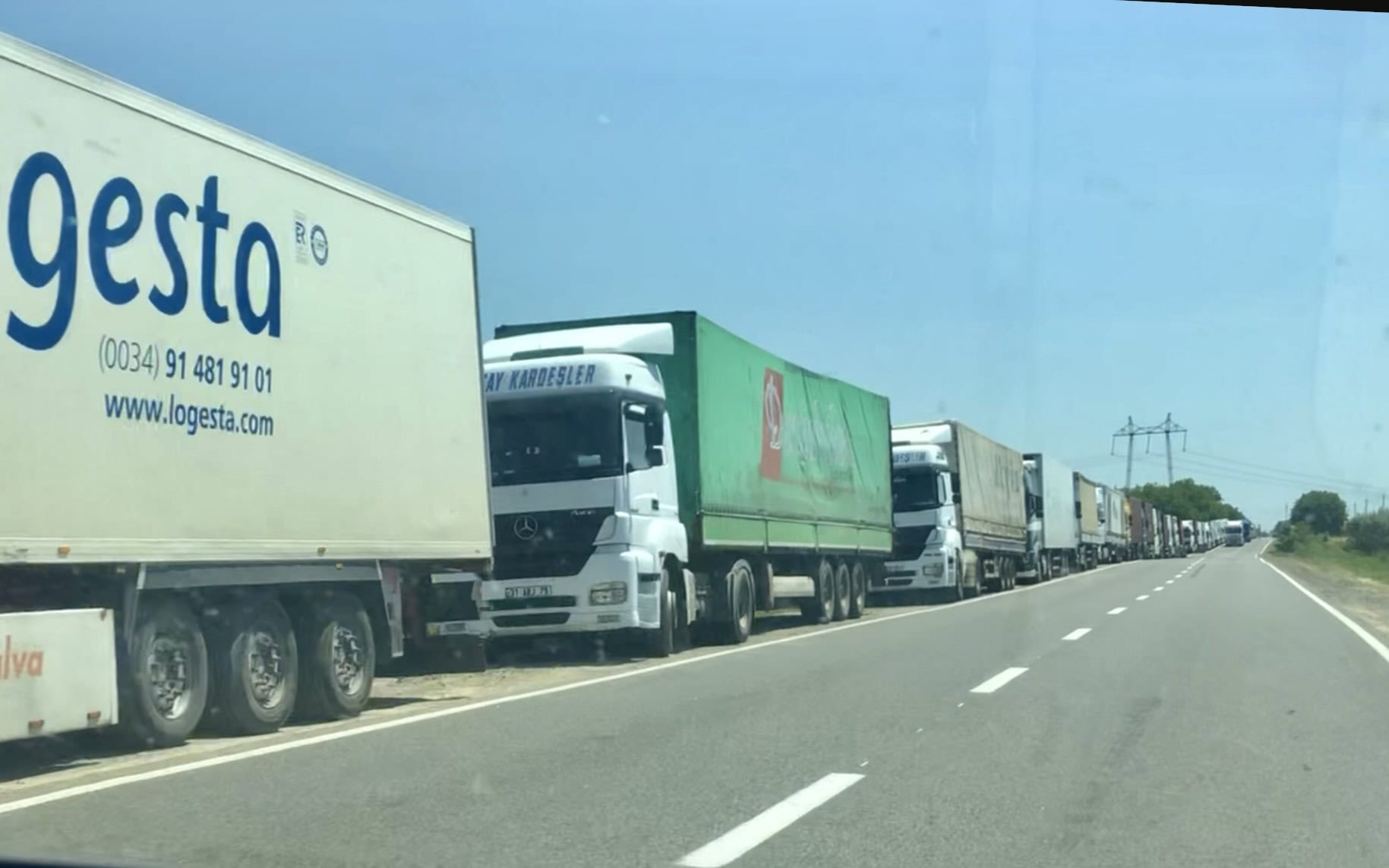
Sunflowers have been grown in Australia since 1974 and cover 3,000 hectares of agricultural land, primarily in northern NSW and southern Queensland but also in irrigation areas in southern NSW, the Riverina in Victoria as well as the Ord River catchment area of Western Australia.
But the sunflower industry boom never transpired here.
Boom or bust
�It was the wrong time in the year for us,� says Nick Goddard, CEO of the Australian Oilseeds Federation. �Sunflowers are planted at the start of the summer, so we missed the boat to capitalise on the immediate global shortage and price bump. As the year went on, the Ukrainians were able to export the seed by land after the ports closed, so the huge deficit in sunflower oil has somewhat been eased.�
This was obvious at the Isaccea-Orlivka crossing on the Romanian-Ukrainian border last year in June, where a kilometres-long queue of trucks waited to cross into Romania. Drivers had been waiting up to 10 days, and they were angry.
Another reason why the Australian sunflower industry boom never happened, Nick explains, is �large plantings of sunflower crops in Europe. Their summer starts in April or May, so they were well positioned to take up some of that buffer.
�Then there�s the fact that it�s a big challenge for growers in Australia to find someone to process their seeds into oil because there�s not a single dedicated sunflower crusher in the country; they�re all tooled for canola oil because it�s grown here so abundantly in our country.
�Some of the crushers did the numbers earlier on in the year but found out it wasn�t viable, even when the price for sunflower oil was so high. And by October or November, the start of the planting season, the huge price premium had diminished,�
Nick adds. �So, by the end of the year, we saw a pretty much typical sunflower crop in Australia.�
Global prices for sunflower oil have continued to fall, to the chagrin of the sunflower industry, losing another US$195 a tonne or 15 per cent in value between the start of 2023 and mid-February 2023.
Trading Economics estimates the trend will continue, with the price nearing US$1,000 per tonne by the end of the year.
Sunflower industry responds with tourism
There has, however, been one small but noteworthy change to the sunflower industry sector in Australia � a response to the thousands of tourists who trespassed on sunflower fields late last year to snap photos of the bright yellow flowers for their social media feeds. Instead of calling the cops or shooing photo hunters away, some farmers turned the problem on its head by remodelling their sunflower fields into agritourism businesses.
�There are so many people who want to come and see sunflowers, but the last thing any farmer wants is to have people near their crops because of damage and the biosecurity risk,� says Roger Woods of Warraba Sunflowers.
�So, we put two and two together and a couple of years ago planted a crop specifically to let people come and interact with them. It�s $10 for adults, $5 for teenagers and kids under five are free.�


